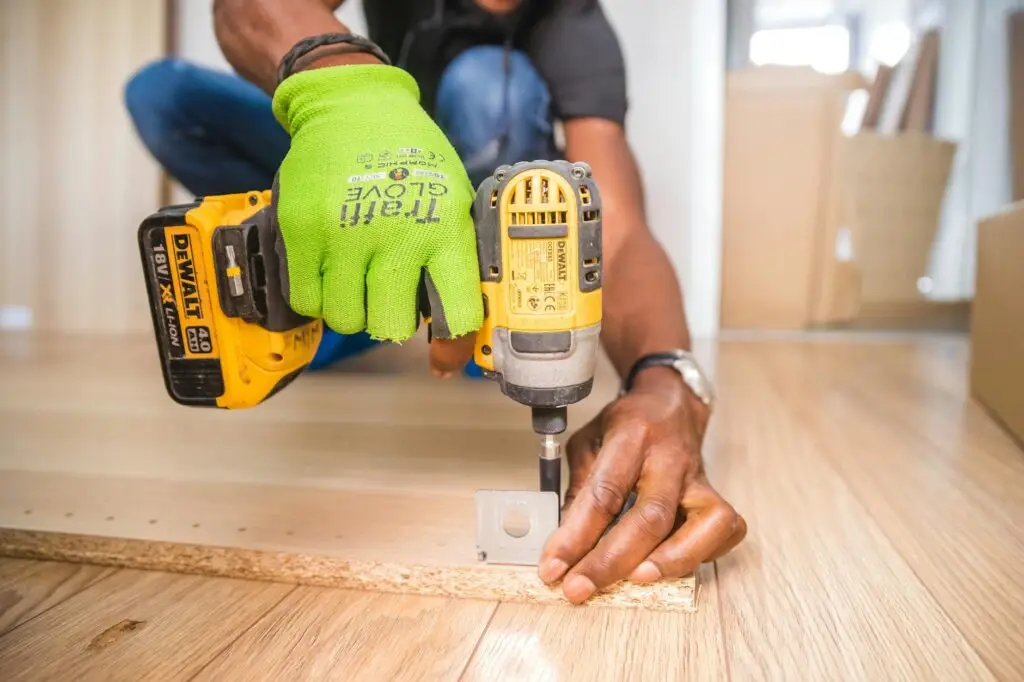
Home improvement scams cost Americans $1.2 billion annually (FTC), with criminals posing as contractors to steal deposits or perform shoddy work. Here’s how to spot and avoid these costly cons.
🚧 8 Red Flags of a Home Improvement Scam
1. “Leftover Materials” Discount Offers
- Scam: Door-to-door contractors claim they have “extra materials” from another job
- Truth: Often use cheap/inferior products
- Recent twist: Solar panel “government discount” scams
2. High-Pressure Sales Tactics
- Phrases to watch for:
“This price is only good today!”
“Your roof will collapse if we don’t fix it now!” - Legit contractors provide written estimates without pressure
3. Cash-Only Demands
- Why scammers love cash:
- No paper trail
- Can’t dispute charges
- Safe alternative: Credit cards offer fraud protection
4. No Physical Business Address
- Warning signs:
- Only a P.O. Box listed
- “We work nationwide” claims from local ads
- Refuses to meet at their office
5. Unmarked Trucks/Vanishing Licenses
- Scam indicators:
- No company logos on vehicles
- Claims “license is being renewed”
- Out-of-state plates (common with storm chasers)
6. Large Upfront Payments
- Dangerous requests:
“We need 50% deposit to buy materials”
“Pay the full amount before we start” - Industry standard: 10-30% deposit, balance upon completion
7. Vague or Missing Contracts
- What’s missing in scam contracts:
- No start/end dates
- Unclear materials specifications
- Missing warranty info
- Always get: Detailed scope of work in writing
8. “I Noticed Your…” Cold Approaches
- Common scripts:
“Your roof has missing shingles” (when it doesn’t)
“I was working nearby and saw your foundation issues” - Legit contractors don’t solicit door-to-door
💰 Most Targeted Home Repairs for Scams
- Roofing (Fake storm damage claims)
- Paving/Driveways (Disappearing asphalt crews)
- HVAC (“Your furnace is leaking carbon monoxide!”)
- Tree Removal (Uninsured workers causing property damage)
- Water Damage Restoration (Fake mold inspections)
🛡️ How to Protect Yourself
✔ Verify licenses: Check with your state’s contractor board
✔ Get 3 written estimates before deciding
✔ Check reviews: BBB, Google, Angi (formerly Angie’s List)
✔ Pay incrementally: Never pay 100% upfront
✔ Use escrow services for large projects
📌 If You’ve Been Scammed
- Document everything (photos, contracts, texts)
- Report to:
- State attorney general’s office
- FTC (ReportFraud.ftc.gov)
- Dispute charges if paid by credit card
🔨 Remember: If a deal seems too good to be true, it probably is. Always research contractors thoroughly before hiring.

